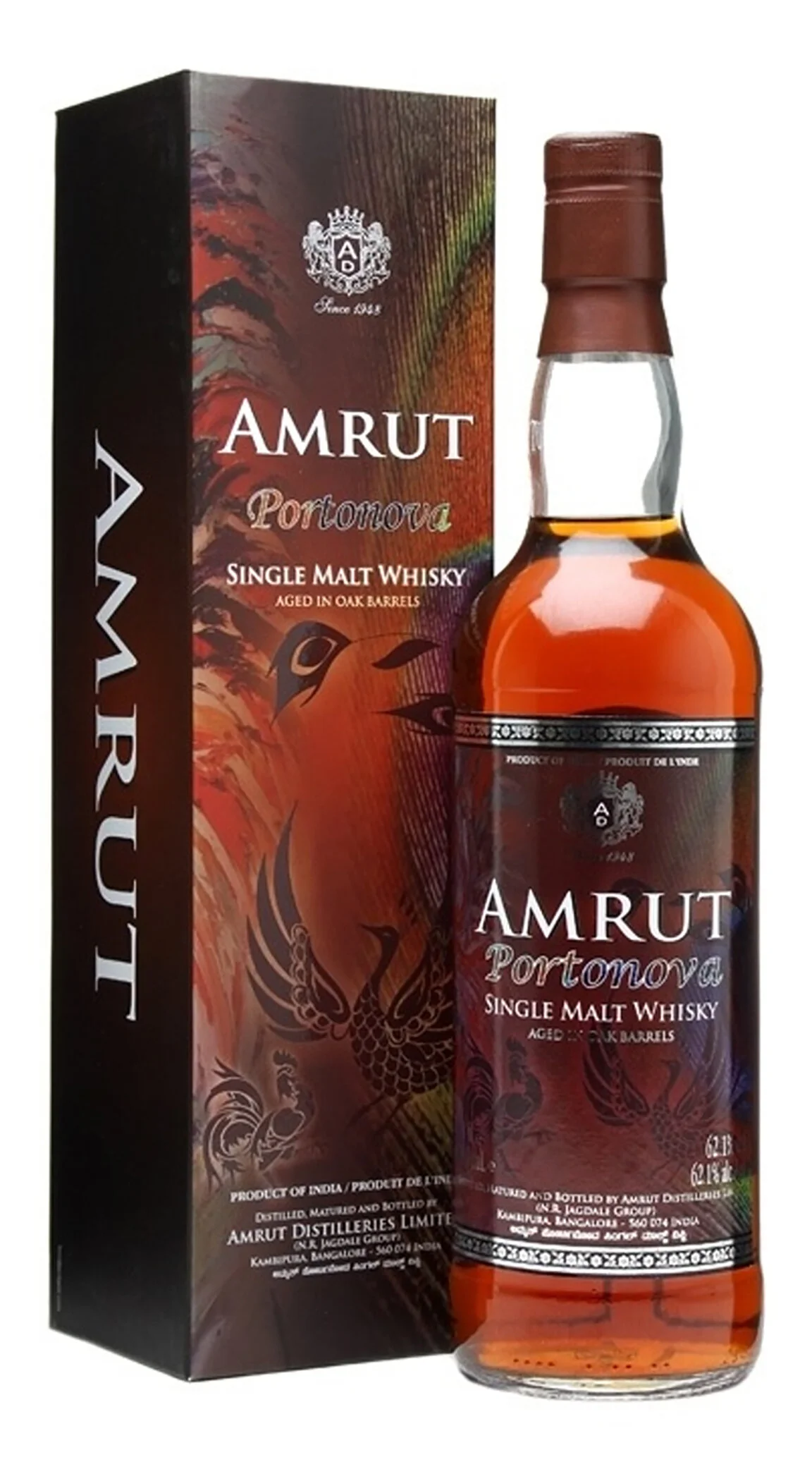Seatoun Bowls Club tastings - Caol Ila v Bunnahabhain - August '24
As some of you may know, I’ve been standing in for a good mate who runs the whisky tastings at the legendary Seatoun Bowls Club. As part of the process, I’ve been writing up the events and reporting back on how the whiskies fared and what I learned (and hopefully passed on in due course). I’ve got to say, they’ve been a real laugh and I’ve met some lovely people in the process. The first tasting was back in August and was themed around two of Islay’s better-known distilleries - here’s how it went.
……………………………………………………
Thanks to everyone who attended last week’s tasting - a really great evening that perhaps may have reignited that love of peat that simmers away somewhere in us all.
We ventured to the Isle of Islay, focussing on two of its best-known distilleries - Caol Ila and Bunnahabhain, and examined pairs of unpeated and peated whiskies. The drams were from a diverse array of casks and so it was interesting to ponder whether distillery style would show through.
The two distilleries are only 3 km apart on Islay’s northeast coast and both have large tall stills that they fill low to promote reflux (the re-distillation of vapour that condenses in the still). Despite this clean and pure approach, with lots of ‘copper conversation’, they actually make quite different styles of whisky!
Caol Ila is known for its lighter and fruitier style, whilst Bunnahabhain typically offers a bit more depth. So, how do they achieve this difference in style?
To start with, Caol Ila has a longer fermentation time, by about 20 hours. Longer ferments result in a fruitier and more ester-driven style, whilst shorter ferments produce more cereal, nuts and malt flavours in the new make. Caol Ila also pushes the lighter fruitier style with a higher cut point, which means less of the heavy phenolic (peat) notes are captured during distillation. For example, it uses a similar peating level to Laphroaig - but Laphroaig cuts deeper to retain more of that phenolic hit in the final spirit. That said - Caol Ila is of course still known for its peatiness - especially when compared to Bunnahabhain, which is arguably better known for its unpeated 12 and 18 year old.
The other main difference is the cask use. As we saw with the unpeated 17 YO (bourbon casks) and the Blackadder Raw Cask Caol Ila 9 YO (refill hogsheads), Caol Ila typically uses less sherry cask maturation when compared to Bunnahabhain. The bourbon notes of cut grass and green apples complement the limoncello note that Caol Ila is famous for.
In conclusion, even though there was a wide variety of casks on display - distillery style did shine through. The Caol Ila aged in the palo cortado sherry casks still offered that lighter touch, and the mystery whisky, in glass five, could only be a Caol Ila with its lean and linear style and absence of sherry notes.
Here are the scores from the night with the Bunnahabhain 9 YO PX stealing the show, closely followed by the Caol Ila Palo Cortado 11YO. In fact, the peaty whiskies took the top three spots!
Favourite nose
Bunnahabhain 12 years old 46% - 4
Caol Ila 17 YO Unpeated 2015 55.9% - 3
Caol Ila 'Cadenhead' 11 years old (Palo Cortado casks) 46% - 12
Bunnahabhain Staoisha 'Infrequent Flyers' 2013 / 9 years old (PX Puncheon) 55.7% - 6
Mystery whisky - Blackadder Raw Cask Caol Ila 9YO 2013 Hogshead Cask 215820 58.2% - 0
Scores
Bunnahabhain 12 years old 46% - 7.5
Caol Ila 17 YO Unpeated 2015 55.9% - 7.41
Caol Ila 'Cadenhead' 11 years old (Palo Cortado casks) 46% - 7.85
Bunnahabhain Staoisha 'Infrequent Flyers' 2013 / 9 years old (PX Puncheon) 55.7% - 8.44
Mystery whisky - Blackadder Raw Cask Caol Ila 9YO 2013 Hogshead Cask 215820 58.2% - 7.58



